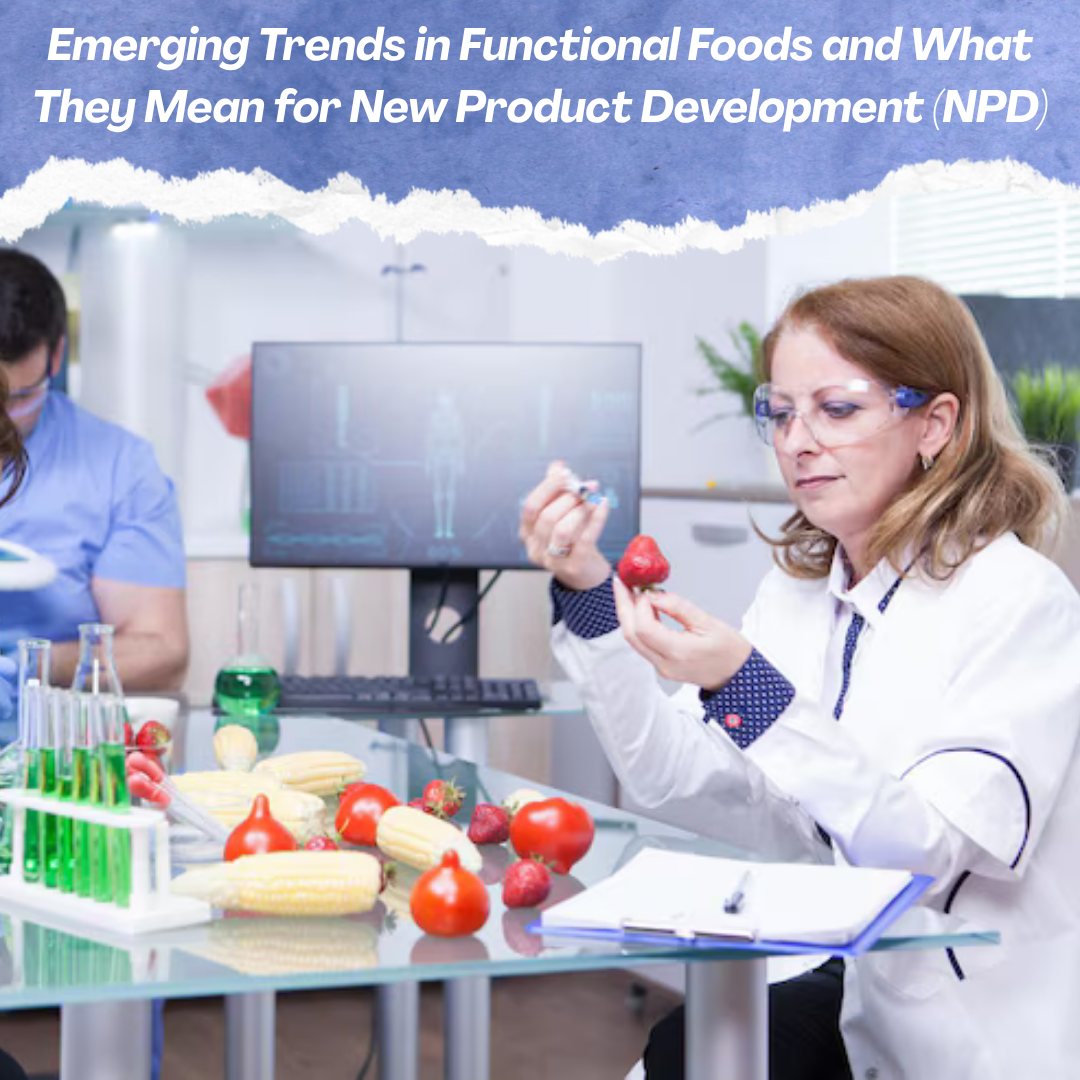Trend | NPD Implications | FRL Support | Examples |
1. Personalized Nutrition | Customizable blends for individual needs | Tailored formulations; app integration | Custom vitamin packs; nutrition apps |
2.Microbiome-Targeted Foods | Use stable, validated probiotics | Strain selection; stability testing | Probiotic yogurts; encapsulated probiotics |
3. Clean Label & Plant-Based | Natural, traceable ingredients; improve taste | Ingredient sourcing; flavor masking | Plant-based protein bars; natural flavors |
4.Multi-Functional Wellness | Combine bioactives for multiple benefits | Scientific formulation; efficacy testing | Sleep + immunity gummies; joint + energy supplements |
5.InnovativeDelivery Formats | Develop stable RTD drinks, gummies, sachets | Packaging innovation; stability testing | Ready-to-drink herbal shots; gummy vitamins |
6. Sustainability & Ethical Sourcing | Eco-friendly ingredients and packaging | Supplier audits; sustainable packaging options | Fair-trade powders; biodegradable wrappers |
7. Digitalization & AI | AI-driven formulation and market analysis | AI flavor optimization; virtual consumer tests | AI-optimized flavors; digital product feedback |
8. Regulatory Evolution | Compliant claims and documentation | Regulatory support; dossier preparation | Immune booster claims validation; regulatory dossiers |






